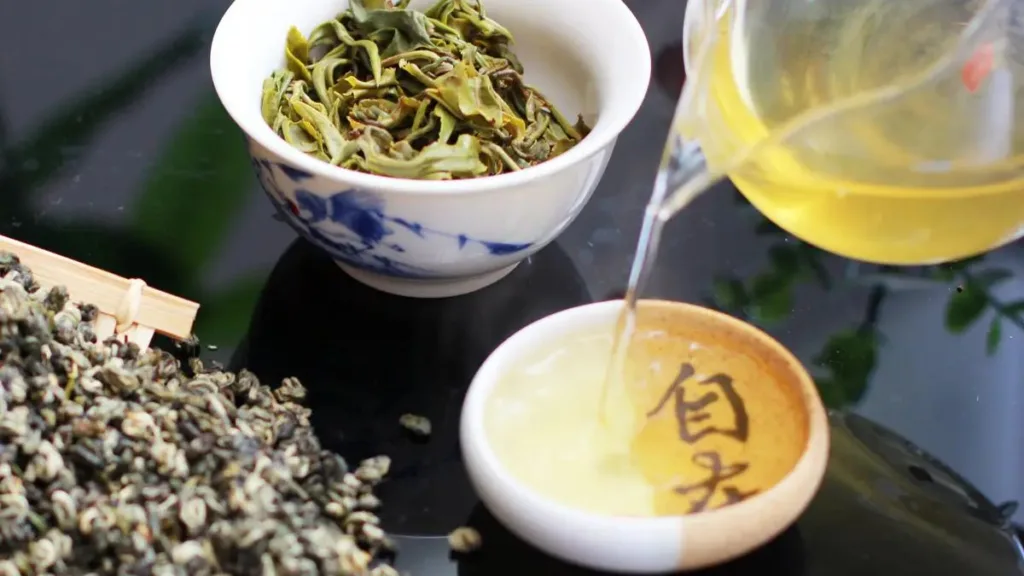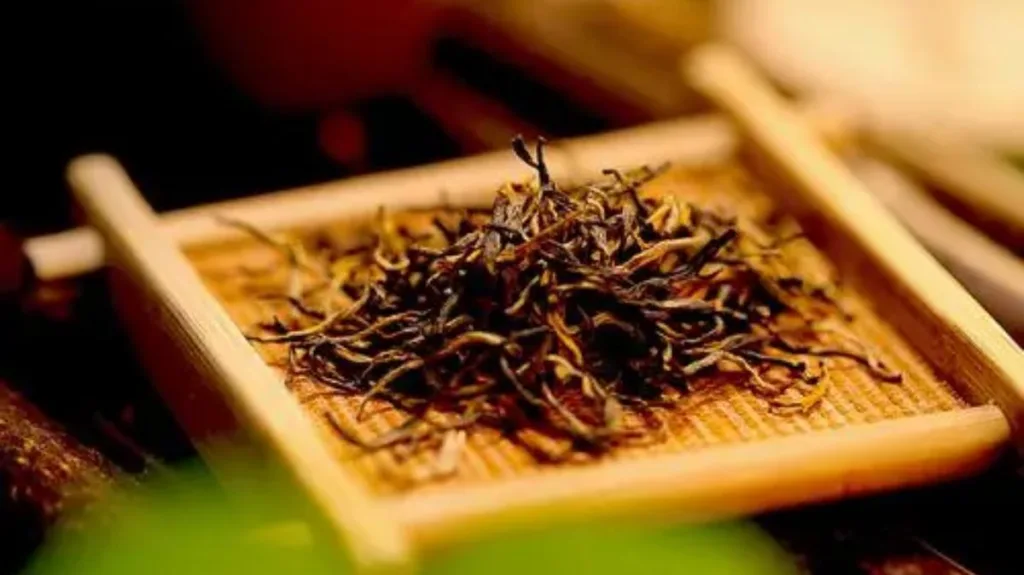In Chinese restaurants, the green colour tea generally refers to green tea, but the specific type of green tea can vary. Here are some possible options:
- Traditional Green Tea Varieties: Green tea served in restaurants may belong to traditional green tea varieties such as Longjing tea, Biluochun, Xihu Longjing, Xinyang Maofeng, and more. These teas typically have a fresh green color, a clear aroma, and a refreshing taste, making them popular among consumers.
- Lower-Quality Green Tea: Some restaurants might opt for lower-quality green teas to reduce costs. These teas may not have the vibrant green color and intense fragrance of high-quality greens and may have a relatively less appealing taste. However, they are more budget-friendly.
- Fake Green Tea: In some less reputable restaurants, a type of tea known as “plastic green tea” might be used. This is essentially imitation tea made from plastic and chemical additives, mimicking the appearance of green tea. However, its quality is extremely poor, and it can be harmful to health.
Apart from green tea, many Chinese restaurants also serve buckwheat tea. Green tea varieties like Xuefeng Maofeng from the Xuefeng Mountain Tea Plantation and Junshan Yinzhen from the shores of Dongting Lake are among the options. Junshan Yinzhen, in particular, is known for being served in glass cups, and the tea leaves gently float up and down, creating an attractive visual experience. However, for those who prefer oolong tea, green tea might seem relatively mild, focusing more on its aroma and leaving a light aftertaste. The price of Junshan Yinzhen is relatively high, and it is not as commonly consumed. On the other hand, buckwheat tea has become popular among health-conscious individuals. The type of tea served often depends on the restaurant’s level of sophistication.
To sum up, the type of green tea used in Chinese restaurants can vary widely, from high-quality traditional green tea varieties to lower-quality options or even imitation teas. The choice of tea often depends on factors such as the restaurant’s target audience, pricing, and regional preferences. Additionally, some restaurants also offer alternatives like buckwheat tea to cater to a wider range of tastes.



